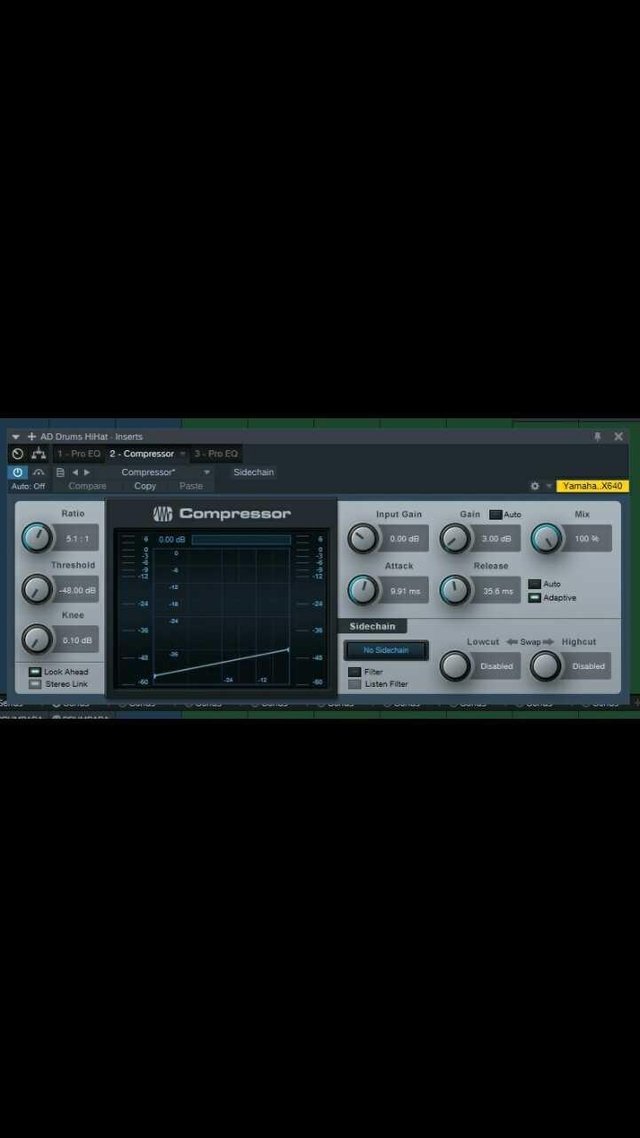Parallel Compression .
 A lot of engineers don't know d difference between parallel compression and New York compression.
A lot of engineers don't know d difference between parallel compression and New York compression.
They always think its d same thing.
Plz note,they are not and the feels are not the same
Here is a break down of both...
You can try dem out urself and hear the difference...
Parallel processing is an amazing technique that could really open up a
world of mixing and sound design tools. The idea and huge benefit of
all parallel processing is that you keep the original signal untouched while
blending in the processed signal to your liking.
This is great because while heavy compression or distortion might sound
really awesome, certain things can get lost in the process (transients might
lose definition, the low end might lose some of its fullness, etc.) that can
be very hard to get back.
Mix engineers like Andrew Scheps and Tony Maserati are using this tech-
nique extensively for these very reasons. See the New York compression
tip for ideas on parallel compression.
Distortion can be used in parallel to great effect. Either you distort the
whole frequency spectrum and blend it in to change the overall character
of the sound, or you use parallel distortion as an exciter. What this means
is that you choose a part of the frequency spectrum that you want to give
more presence, or excite, by boosting the harmonics through distortion.
For example, on the parallel channel, use an EQ to filter out everything
except the high end. Or distort just the low mids and blend it in for some
extra weight.
As an alternative to plain distortion, using guitar amp/cabinet emulations
in parallel is a great way to make something cut through a mix or to make
a virtual instrument sound a little more real.Then, of course, effects like phaser and chorus work great used subtly in
parallel; using a little bit of phaser on a loop can make it seem more orga-
nic and give it some variation.
Then new York comp..
This is a famous parallel compression technique that is used on drums.
The technique was used extensively by New York engineers in the 1990s,
but a similar technique was also used earlier by Motown engineers.
On the drum bus, send a bit of the signal to an aux and set up a compres-
sor and an EQ on the aux track. The compression should be quite ag-
gressive, a ratio of at least 10:1 is preferable, attack time around 3 ms as a
starting point. The release time can be fast for more aggressive, pumping,
compression or slower if the track needs a mellower sound. About 10 dB
of gain reduction is needed for you to get the most out of this technique.
Boost 1–3 dB at 100 Hz and 10 kHz to add to the weight and crack of
the drums.